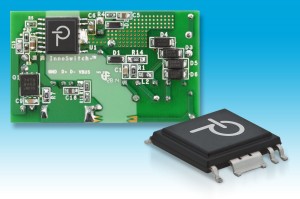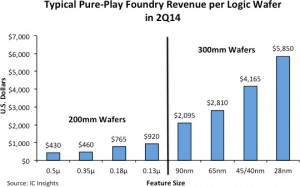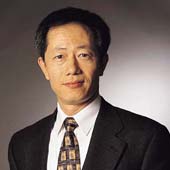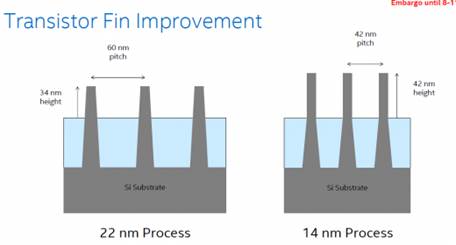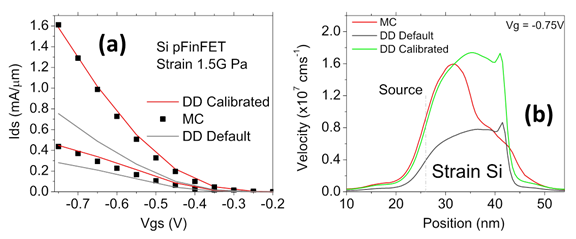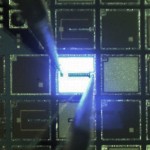Today, Power Integrations announces its InnoSwitch family of switcher ICs combines primary, secondary and feedback circuits into a single, worldwide safety-rated, surface-mount package.
“InnoSwitch ICs are the first switchers to combine the simplicity and low component count of primary-side regulation with the high performance of secondary-side control,” says Power Integrations vice-president Mike Matthews. “The InnoSwitch family’s high level of integration reduces power supply component count and its secondary-side regulated topology allows the use of simpler, lower cost, auto-wound transformers, yet improves production yield, resulting in significantly lower manufacturing cost. Two of the world’s leading mobile device makers are in production with chargers using InnoSwitch family ICs which incorporate FluxLink technology.”
InnoSwitch ICs will enable designers to exceed all global regulatory standards for efficiency and no-load consumption, claims the company, while minimising component count and providing accurate constant voltage and constant current up to 25W.
The InnoSwitch family is intended for use in smart mobile device chargers and adapters for a range of applications such as set-top boxes, networking equipment and computer peripherals.
Inside the device, secondary-side direct voltage and current measurements are communicated across the safety isolation barrier using high-speed digital FluxLink technology.
This proprietary feedback technique permits precise control without the need for a bulky optocoupler, Power Integrations says, without the performance compromises inherent in primary-side regulation (PSR), such as limited accuracy and efficiency and poor transient response versus no-load consumption.
InnoSwitch-based secondary-side regulated (SSR) designs are inherently less sensitive to the tolerance of external components such as transformers, diodes, resistors and capacitor,s the company says, which increases manufacturing yield and reduces total power supply cost.
Mobile device chargers up to A can have a total component count as low as PSR designs, with accurate CV and CC control (±3% and ±5% respectively) and low voltage ripple.
InnoSwitch power-supply ICs include a high-voltage power mosfet, primary-side controller, FluxLink feedback technology and a secondary-side controller with synchronous rectification (SR). By combining the SR function with the secondary-side master controller and by leveraging the speed of the FluxLink communication channel, the SR switch timing is optimised for maximum efficiency.
The fast communication link also ensures reliable SR operation, eliminating shoot-through in either discontinuous conduction mode (DCM) or continuous conduction mode (CCM), even during transient loads and fault conditions. Effective SR operation in both DCM and CCM modes is especially beneficial in adaptive-voltage charger applications.
InnoSwitch ICs start up using bias current drawn from a high-voltage current source connected to the DRAIN pin, eliminating the need for external start-up components. An external bias winding reduces no-load and increases system efficiency during normal operation. The ICs also include comprehensive system-level features such as output over-voltage protection, overload power limiting, hysteretic thermal protection and frequency jitter to reduce EMI.
Samples are available now, priced at $0.59 to $0.78 in 10,000-piece quantities.
Reference design RDR-420 describes a 5V, 2A USB charger design and is available for download on the Power Integrations website.

